I recently was lucky enough to take my first overseas trip at the ripe old age of 54. I went to Orlando, Seattle, and California, and what a treat it was for five breathtaking weeks, but I noticed many differences between the two countries, so here is my comparison – SA vs USA.
This post may contain affiliate links, which means that the owner of this website will get a commission on qualifying purchases.
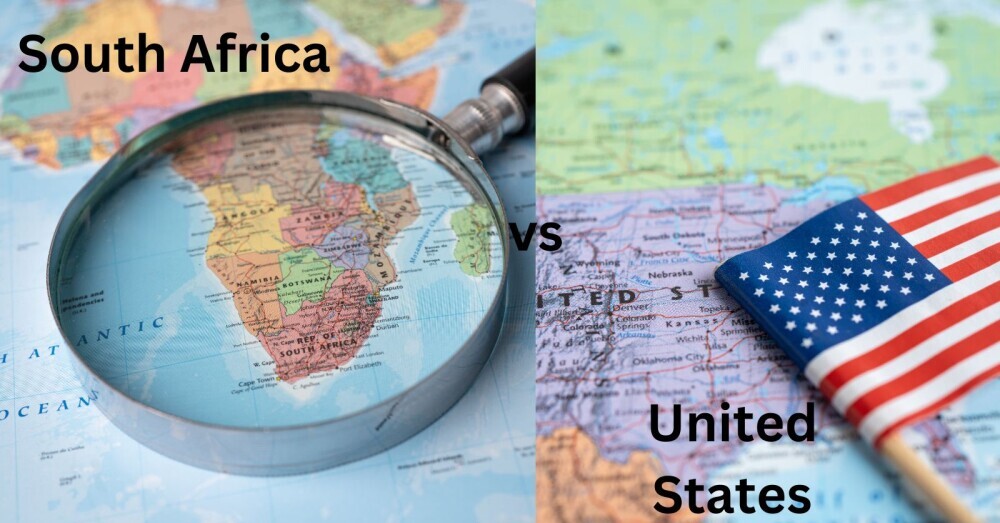 A My Comparison
A My Comparison
SA vs USA
Taking a stroll through a South African township or city center, you’re hit with a whirlwind of languages and dialects. With 11 official languages, South Africa’s linguistic tapestry is vibrant and diverse. It’s not unusual to hear a mix of Zulu, Xhosa, Afrikaans, and English in a single conversation. Now, flip that image to the US, where English stands as the primary language and Spanish as a significant second. This difference is reflected in societal interactions, media, and even government proceedings.
In South Africa, there’s a beautiful concept known as “Ubuntu,” which translates to ‘I am because we are.’ This principle of community and humanity is the backbone of social interactions. It shines through in the way South Africans greet each other, often stopping for a chat or a quick laugh, even with strangers. The US tends to favor individualism more, with social interactions often positioned against a backdrop of efficiency and speed. You’re in and out of a store with minimal chit-chat, unlike the leisurely exchanges back home.
Celebrating cultural heritage is a part of daily life in South Africa. Expect to find yourself caught up in the beauty of diverse traditional festivals, from the vibrant colors of the Zulu reed dance to Indian Diwali celebrations. In contrast, American holidays often highlight national pride, such as the fireworks on the Fourth of July or the cozy gatherings of Thanksgiving. Each celebration tells a story of history, community, and the values each country holds dear.
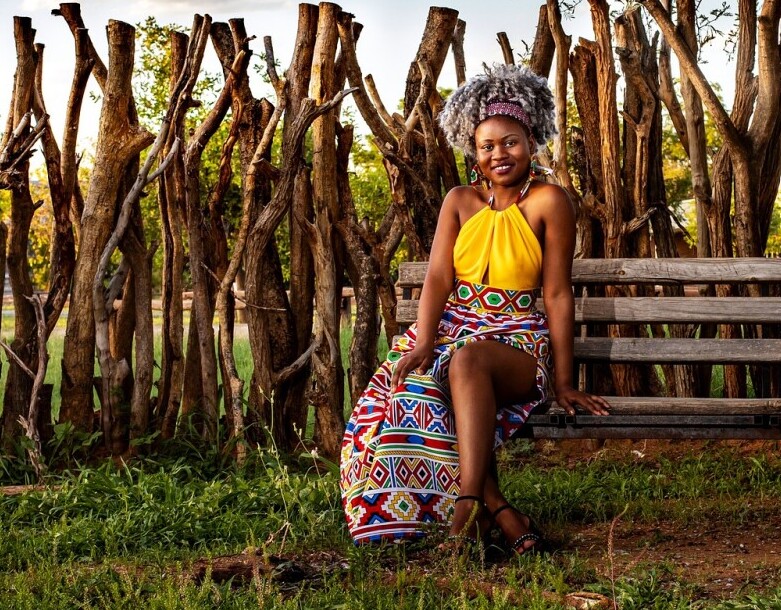
It’s fascinating how much you can learn by comparing cultures. While there are distinct differences, there’s an undeniable value in observing how people across the world celebrate, connect, and communicate. My advice? Embrace the diversity, engage with local traditions and languages, and take the time to understand the unique social fabric that makes each place tick.
Economic Landscapes: Business Environments and Opportunities
Imagine exploring two entirely different yet fascinating economic territories. South Africa’s economy has been a wild ride with its fair share of ups and downs, driven by industries like mining, agriculture, and a budding tech scene. However, it’s a place where challenges like unemployment and inequality are locked in a complex dance with growth opportunities.
Compared to South Africa’s economy, the US is a massive player with a mix of industries impacting global markets. From Silicon Valley’s tech innovations to Wall Street’s financial buzz, America offers a wide canvas of professional opportunities. The job market’s diversity caters to a rainbow of career paths, showcasing the scope and scale that often leave visitors in awe.
Navigating through the cost of living, South Africans may find certain aspects of American life a bit of a shock. While urban centers in the US offer top-tier infrastructure and conveniences, these come at a price. Cities like New York and San Francisco are known for sky-high living costs compared to South African cities, where life can be more affordable, depending on the area.
South Africa is holding a trump card with its growing startup ecosystem. Over recent years, the enthusiasm for entrepreneurship has exploded with various initiatives to support small businesses and innovation. This contrasts with the established but competitive environment in the US, where startups fiercely battle to become the next big thing.
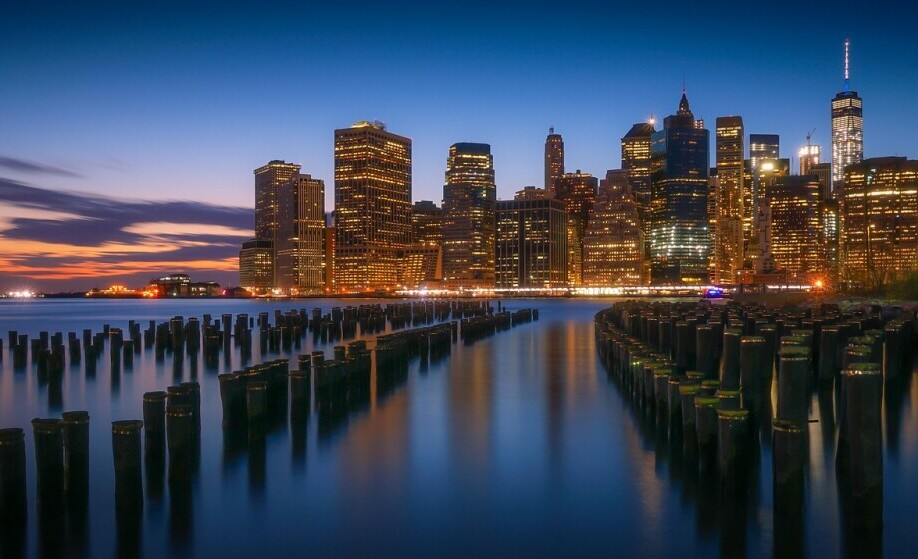
So, what’s the takeaway from this economic tale? Whether navigating the energetic hustle of Johannesburg or the ambitious drive of New York, it’s crucial to adapt and learn. Understand the local market dynamics, make the most of networking opportunities, and embrace a lifelong learning attitude. Good insights will bolster your efforts and set you on a path to success in either country.
Natural Wonders and Environmental Concerns: A Tale of Two Continents
South Africa’s landscape is a glorious blend of mountains, beaches, and savannas, boasting an unparalleled array of wildlife. Safari adventures provide a front-row seat to the Big Five roaming their natural habitats. This connection to the wild is a cornerstone of South African identity, drawing tourists and conservationists alike. Turning our gaze to America, national parks like Yellowstone and the Grand Canyon offer their own magic. Though you won’t find elephants, the breathtaking vistas capture the majesty of nature in a different but equally profound way.
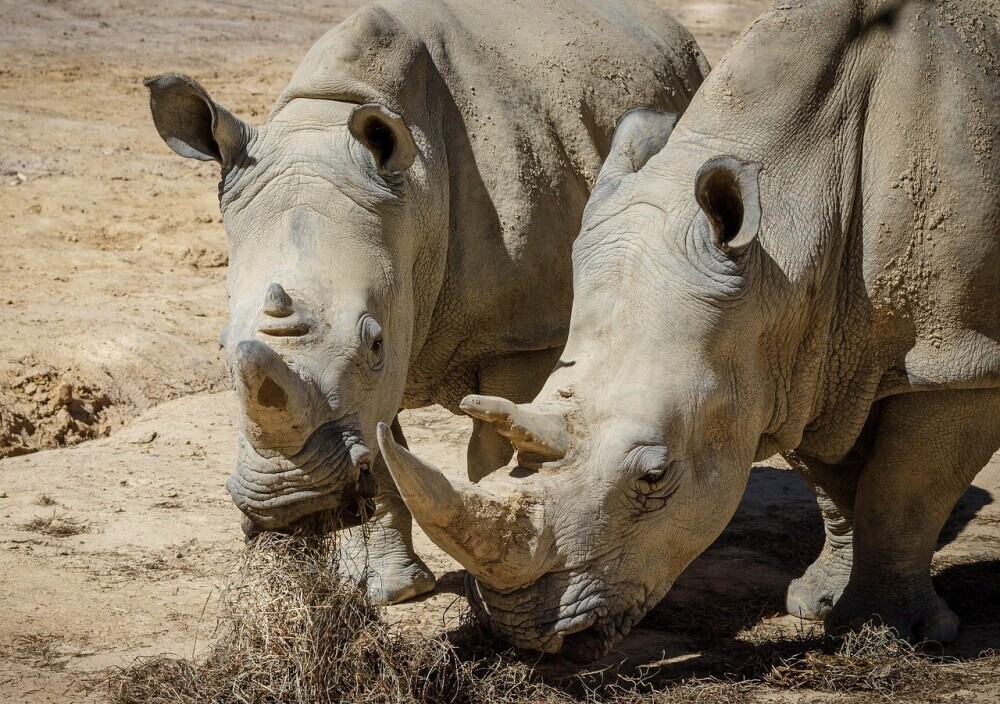
I was pleasantly surprised when I did the African Safari at Animal Kingdom. You certainly see more African Wildlife there in thirty minutes than you do driving around the Kruger National Park for an entire day. I even saw a herd of white rhinos, which was a first for me.
Environmental challenges are on everyone’s radar, whether you’re in Pretoria or Portland. South Africa faces pressing issues like poaching and water scarcity, driving efforts for sustainable solutions. The US also grapples with its share of ecological concerns, including climate change and energy consumption. In both nations, governmental and grassroots movements are pushing for eco-friendly practices, showcasing a shared global responsibility.
For travelers looking to soak in the natural charms, both countries reveal wonders aplenty. South African safaris and coastal trails offer unique, adventure-packed journeys, while American landscapes deliver road trips through towering forests and along vast coastlines. The experiences might differ, but the joy of exploring our world’s natural beauty remains universal.
As you explore these magnificent lands, it’s vital to remember our role in protecting them. Support local conservation efforts, choose sustainable travel practices, and leave each place as wonderful as you found it. Whether you’re discovering the African bush or hiking an American mountain, approach each experience with respect and care for the environment.
Other Subtle Differences I Observed
Here is a list of other comparisons that stood out to me in everyday life.
Eggs
I was surprised to see that all the eggs we purchased in the USA were pure white. Our eggs are tanned in comparison.

Tumble Driers
Tumble driers seem to be huge in America. We never stayed at any place without one.
In South Africa with the high price of electricity, we tend to hang our washing to dry in the sunlight, while Americans generally put their washing straight into the tumble drier. This made a lot of sense to me in Seattle where the weather was not conducive to drying washing outdoors.
This was very convenient, and it meant there was no ironing to do.
Public Toilets
When you flush the loo in the US, everything seems to get sucked up really quickly in comparison to the flush system here in South Africa.
I also noticed all the public toilets were flushed automatically. The doors and walls were just below knee level, so you didn’t have much privacy, and there were even spaces you could see through when the doors were closed. This took me a while to get used to.
Paper Towel
There don’t seem to be dishcloths or washing cloths in the kitchens. The Americans seem to use paper towels to mop up general mess in the kitchen. This may have only been in the places that I stayed in, but maybe it is a good thing as you don’t harbor any germs.
Wet wipes, although popular in South Africa too, seem to be the in thing in the US.
Driving
I could not find a manual vehicle to hire, so had to do a crash course in driving an automatic one. Also, the Americans drive on the right-hand side of the road. It helps that the steering wheel is on the other side of the car to facilitate this, but it still took a lot of concentration on my part to keep to the right side.
No Potholes
I did not encounter any potholes in the roads, although some of the Americans I met disagreed with me telling me that they also had a lot of them, but in other States.
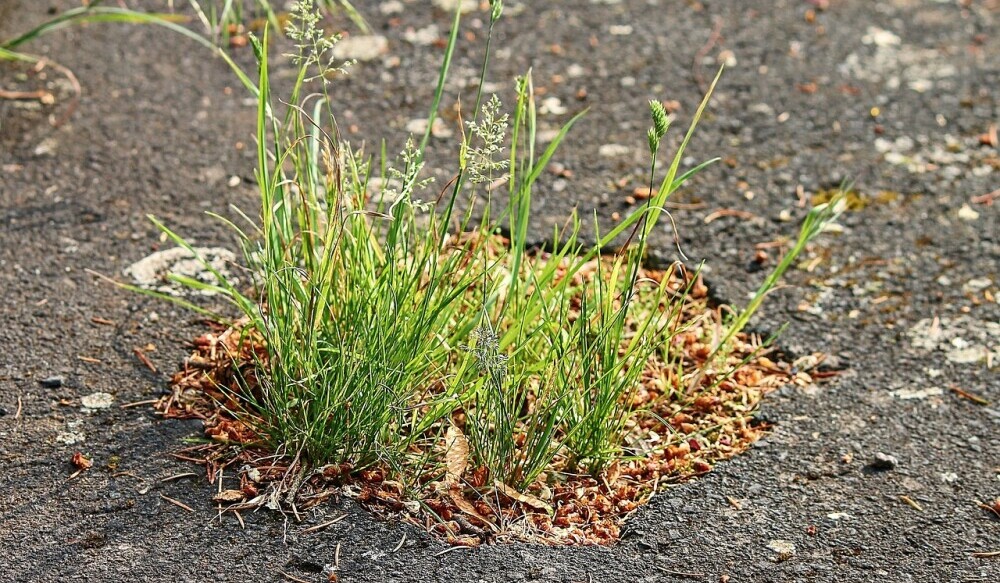
Crowds
In the US, there were so many people everywhere we went. There were so many shopping complexes, and they always had a lot of foot traffic. At the Disney locations, there were always crowds.
I don’t think I have ever seen so many people in one location before. The roads were also always busy in California, even in the suburbs. It was like driving in rush hour all day long.
I appreciated the quiet roads and shopping centers in Port Elizabeth when I got back.
Restaurants
I loved the fact that whenever you walked into a restaurant, you were given water to drink, whether you asked for it or not. As your glass empties, it gets filled up. The service was excellent in all the restaurants we visited.
The prices were steep if you did the conversions, but the meals were so huge that you could take them home and have them again for the next two days.
In South Africa, you need to ask and pay for water in most cases. The prices are a lot cheaper, and the portions are more realistic.
Managing Queues
I have to admit that the Americans are tops when it comes to managing crowds. Queues moved along quickly and efficiently, even in the Disney Locations. In South Africa, it is not unusual to spend half the day or more in a queue.
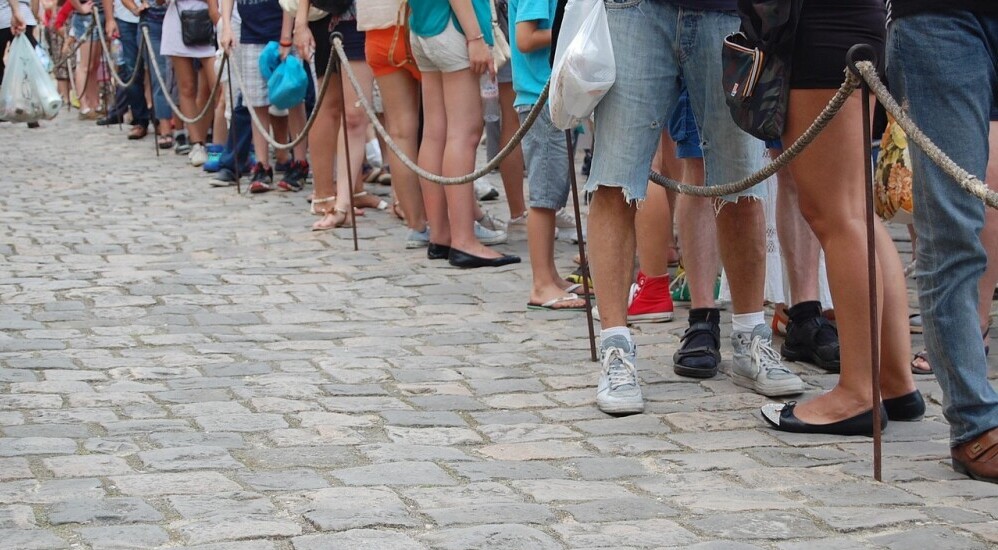
Vehicles
Saw cars travelling with no drivers for the first time ever. This was amazing, although I wasn’t mad about the look of the quite popular electric Tezler vehicles you saw everywhere.
Petrol/Gas
Petrol/Gas is very affordable in the USA compared to South Africa. It was strange having to put your own gas into your vehicle and pump your own tires, but we soon got the hang of this.
Self Check Out
Most shops had the facility to check your own groceries and shopping items out, instead of queueing for tellers. This was very helpful and made shopping a breeze.
Security
The crime rates are obviously very low in the USA, as people order items online and they get dropped outside their door. Nobody takes it, which was a refreshing change for me to witness.
Houses don’t have burglar bars, and house break-ins are minimal, unlike our own country where we need to protect ourselves with burglar bars and electric fences.
So that’s my take – SA vs USA. Have you anything else to add, then please feel free to comment below.
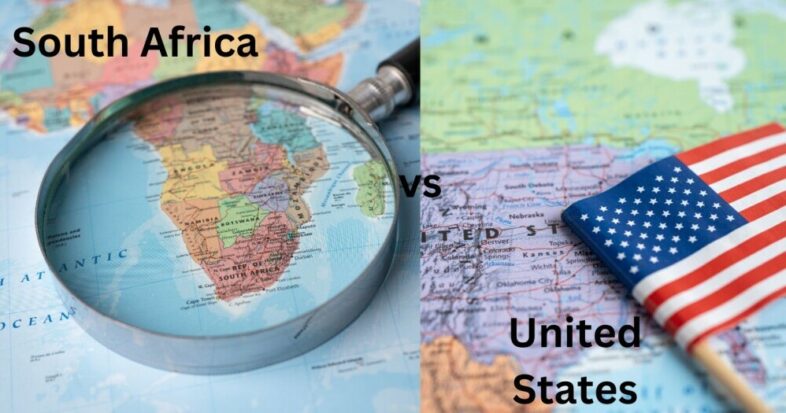

This is a fascinating and well-rounded comparison of South Africa and the USA! Your observations highlight both the cultural vibrancy of South Africa and the efficiency-driven lifestyle in the US. The linguistic diversity in South Africa, with its 11 official languages, is a stark contrast to the US, where English dominates, with Spanish as a strong secondary language. Your insight into “Ubuntu” is particularly meaningful—it truly encapsulates the communal spirit that defines South African social interactions.
The economic landscape comparison was also insightful. The affordability of living in South Africa versus the high costs in US urban centers is something many travelers notice. It was great to see you highlight South Africa’s growing startup culture—entrepreneurship is indeed on the rise!
Your observations on day-to-day life were also intriguing. The differences in eggs, laundry habits, public toilets, and even the way people handle queues show how even the smallest things can be vastly different. Thanks for sharing such an engaging perspective! Looking forward to hearing more about your travels.
This comparison of South Africa and the USA offers some interesting starting points, particularly around cultural differences and economic disparities. I’m curious to know more about your personal experiences that shaped these observations. For example, the section on social interaction could be expanded. While the points about individualism vs. community are valid, I wonder how you see the nuances within each country? Surely, there are strong community-oriented pockets in the US, just as there are individualistic people in South Africa. It would be interesting to see a deeper dive into those complexities.
Also, the piece touches on economic inequality, a huge issue in both nations. However, it seems to skim the surface. What about the historical context? Apartheid’s legacy in South Africa, and the impact of slavery and systemic racism in the US, have profound and lasting effects on the current economic landscape. Exploring those roots would add significant weight to the comparison. Furthermore, how do the social safety nets and access to resources compare, and what impact do these have on the average citizen’s daily life in each country? These are crucial elements when discussing quality of life and societal well-being. Finally, I’d love to hear your perspective on potential areas of learning or collaboration between the two countries. What can each nation learn from the other in terms of addressing its unique challenges?
Hi Slavisa,
I didn’t discuss the pasts of both countries, as this is merely a personal account of the differences that I observed on my visit. I know this article can be expanded on a lot, but I merely covered what I saw on my visit.
Thanks for taking the time to comment.
I admire the effort you put into writing this article, I have been to both countries but more into South Africa than the USA I can truly say you have indeed captured the essence of South Africa, both countries have their ups and downs, I like how you talked of the culture, SA has a much rich culture, divers traditional festivals are being held each year raving from the Heritage Day to the Zulu King Annual reed Dance.
The economy Land scape is well written, the living coast in USA is quite high as compared to Sa which is affordable.